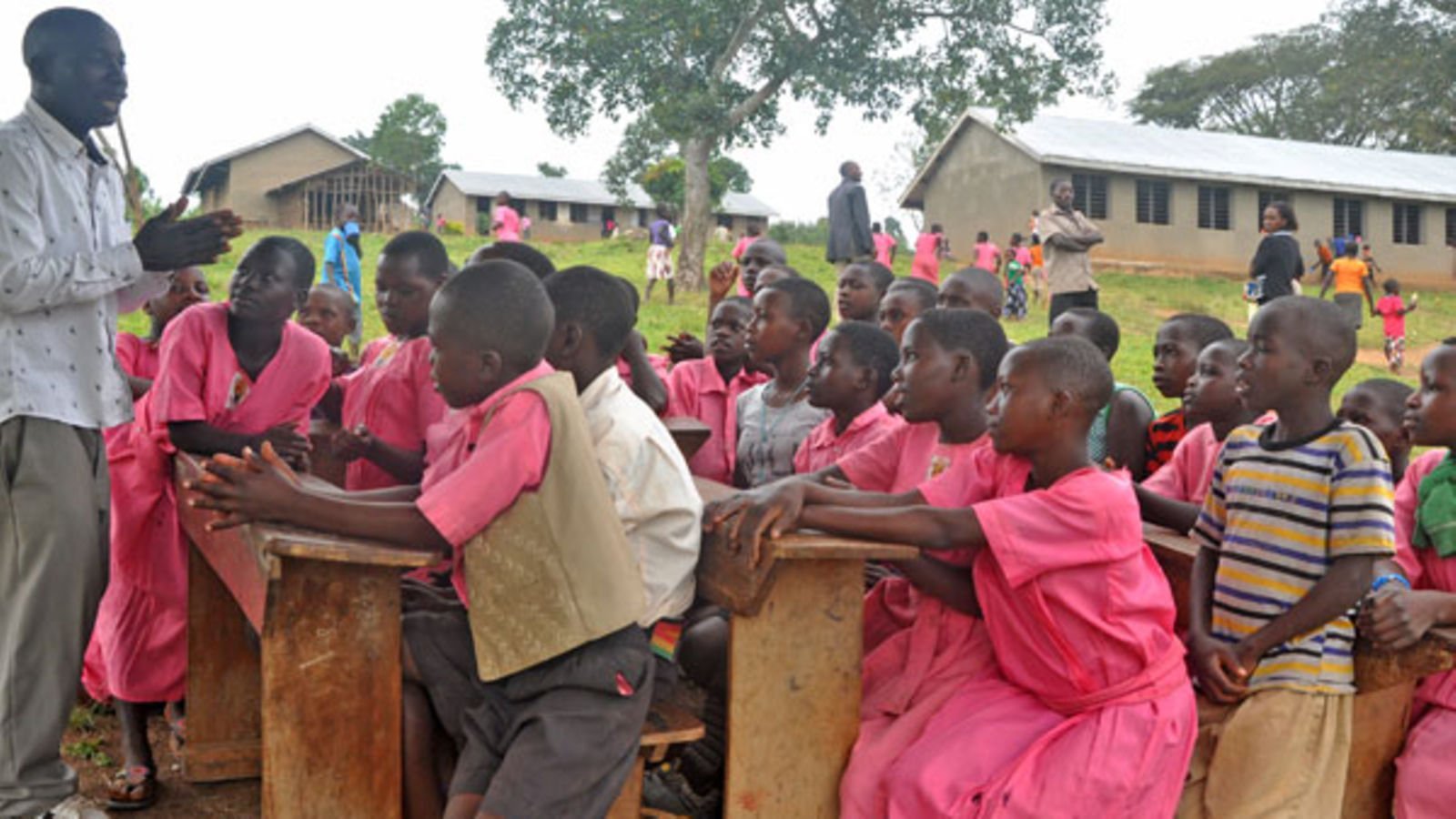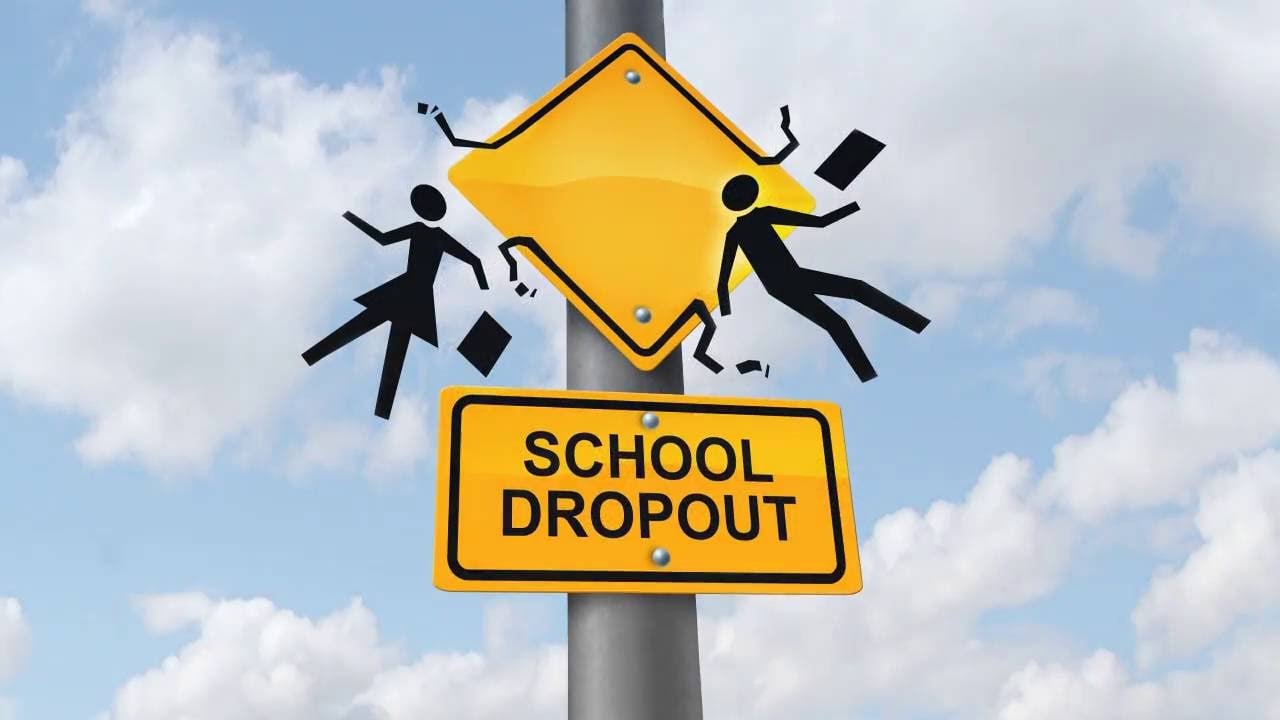Prime
6 out of 10 girls in Pallisa drop out of school - report

A teacher attends to pupils in one of the rural schools in eastern region. The high school dropout rate is party attributed to poverty. PHOTO/FILE
What you need to know:
- Findings indicate that the overall Primary Seven completion rate is estimated at 31.4 percent for boys and 30.2 percent for girls.
Six out of 10 female pupils in Pallisa District drop out of school before completing primary education, a new report has revealed.
The report titled, ‘Measuring education sector performance in Pallisa District: Comparative Uganda Primary Education analysis for 2012/2018 and 2014/2020 primary school cycles-3rd edition’ was conducted by Citizen Initiative for Democracy and Development-Uganda (CIDD-UG), an NGO.
The study, which was conducted from 2020 to this year, indicates that out of the total enrolment of 13,317 pupils, more than 60 percent of the girls compared to 56 percent, who enrolled in school in 2012 did not complete the cycle in 2018.
In the 2014 primary cycle, 58 percent of the girls and 56 percent of the boys out of the total enrolment of 41,301 did not complete the cycle in 2020.
The findings also indicate that the overall Primary Seven completion rate is estimated at 31.46 percent for boys and 30.23 percent for girls.
The report blames the situation on high levels of poverty coupled with lack of lunch at school, poor academic performance, child labour, and peer pressure.
Mr Fred Ejautene, the district coordinator of CIDD-UG, said many children also fell victim to unwanted pregnancies and child marriages.
“This has contributed to a high non-completion rate in the district, especially among the girls. It has also continued to affect academic performance,” he said.
Mr Ejautene advised the district education department to design strategies to effectively follow up and register dropouts and help them to be reintegrated into the school system.
“The district council should conduct stakeholder education to enlist full participation in the delivery of quality education services and development of quality human resource,” he said.
Mr Ejautene said the government should also address the challenge of limited facilities such as classrooms, desks, staff houses, pit-latrines, and textbooks.
The district chairperson, Mr Patrick Oduchu, acknowledged that the completion rate is still low. He asked the Ministry of Education to design inclusive policies to mitigate shocks in the sector brought by the Covid-19 pandemic.
The district education officer, Ms Agness Lukendo, however, said that the completion rate has steadily improved.
“It might not be a true reflection that the majority of children don’t complete the primary cycle. The figure is much better compared in the previous years,” she said.
Govt pushes for effective learning
Last year, the First Lady and Education minister Janet Museveni expressed concern over the high rate of school dropouts as the country draws a roadmap to implement Sustainable Development Goal (SDG) number four, on Education.
“We need strategies to address this challenge, which has become a disease in our education system. Therefore, we need to ensure relevant and effective learning outcomes for both boys and girls,” Ms Museveni said.
She also emphasised the need to ensure all young people have quality and inclusive education, which resonates with the sustainable development goal of education.





